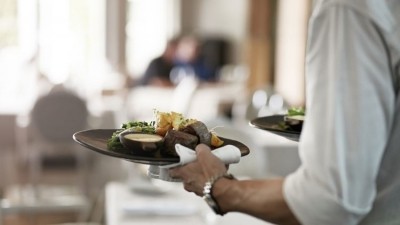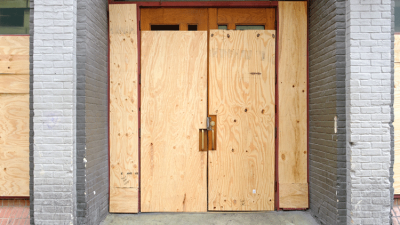Pubs and restaurants face 'increasing pressure' of rising wages

With staffing headcounts in the hospitality sector finally beginning to grow and more hours being worked, latest figures reveal how rising wages are placing increasing pressure on pub and restaurant operators.
Fourth reports that for the first time since the outbreak of the pandemic, all sectors within hospitality saw staff headcount increase in October, compared to last year. However, the labour shortage is still evident with overall industry staffing levels 18% down on the same period two years ago.
Fourth’s data, aggregated from the analysis of more than 700 companies across the hospitality sector, reveals that in the highest age bracket (23 and over), wages for back-of-house roles in pubs have risen to £9.98 an hour; while in restaurants they're at £9.59.
Hourly rates of pay across pubs and restaurants have climbed steadily since trading restrictions were lifted in April, and are likely to continue to do so with the introduction of new National Living Wage (NLW) rates coming into force in April 2022.
The make-up of the workforce
Fourth’s data indicates that British workers currently account for 54% of the hospitality workforce, compared to 47% in October 2019.
EU workers make up 31% of the hospitality workforce, compared to 42% in October 2019; and workers from non-EU countries currently make up 15% of the workforce, compared to 11% in October 2019.
This means there has been a 26% decrease in the number of EU workers in the industry, while the proportion of British and non-EU workers has increased in the overall workforce by 16% and 29%, respectively.
The data indicates there has been a consistent month-on-month trend since the industry started its phased re-opening in April, that sees the proportion of British workers growing and EU workers decreasing.
This is evidenced when comparing October’s figures with September, as British workers made up 53% and EU workers made up 32% that month – a swing of one percentile in both directions in October.
Hospitality hours up a third versus 2020
Hours worked in pubs in October 2021 were 31% up on October 2020. Staff headcount in pubs is up 2% on the previous year, but 18% down on 2019. While wages are close to £10 an hour for back-of-house pub workers, front-of-house workers aged 23+ are currently earning an average of £9.17.
In restaurants, headcount was up 6% in October 2021 and hours worked increased by 46%, compared to 2020. Wages are also rising with front-of-house staff aged 23+ being paid an average of £9 per hour. The same age group in back-of-house roles are on an average of £9.59 per hour.
In both pubs and restaurants, back-of-house roles have a higher average hourly rate than front-of-house positions. This is likely due to the ongoing labour shortage across the sector, leaving businesses with no option other than to increase wages in an attempt to attract and retain appropriately skilled staff. It also reflects front-of-house staff’s greater ability to earn customer tips.
The headcount in the QSR sector has grown versus last year for two consecutive months. It was up 12% in October, with hours worked up by almost half again (46%). This was the seventh consecutive month of growth in hours worked.
Similarly, hotels are also seeing hours worked increase, up 63% in October 2021 versus 2020; and headcounts grow up 10% in October.
"As economic activity builds and the nation begins to move again, we are beginning to see green shoots in the hospitality sector," says Sebastien Sepierre, managing director – EMEA, Fourth.
"While we are not yet back to levels of 2019, more staff are being recruited and more hours are being worked than at this time last year. However, this growth serves to highlight the labour shortage and just how competitive businesses must be to both attract and retain staff.
"The new National Living Wage rates announced in the Autumn Budget will ensure the average hourly rate of pay continues to rise, placing further pressures on hospitality businesses.
"Operators will need to look beyond hourly rates of pay to navigate these waters.Technology and digital solutions play an important role in helping operators hire, onboard, engage and retain team members.
"Businesses will ultimately have to be smart with their labour scheduling strategies to ensure consumer demand continues to be met and the guest experience doesn’t suffer.”























